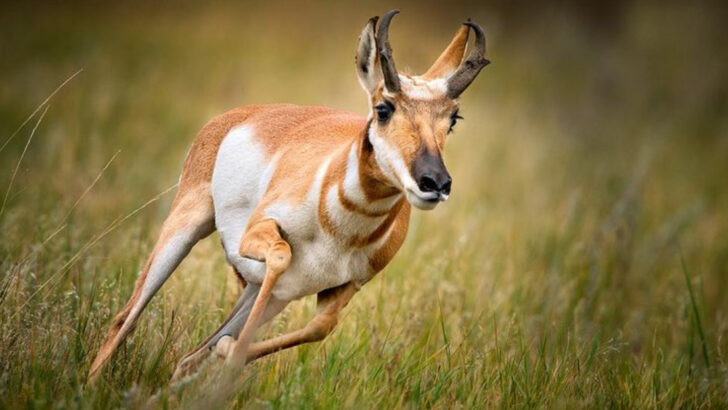With eyes like binoculars and legs built for flight, this high-speed marvel tears across the plains like it’s late for something very important.
We’re talking bursts over 55 miles per hour. And unlike most sprinters, the pronghorn can keep going—mile after mile—leaving predators in the dust and biologists amazed.
It looks delicate, almost deer-like, but don’t be fooled. This creature is a survival machine, fine-tuned by time and terrain.
Here are 14 wild facts about the pronghorn, the fastest land animal native to the United States—and one of nature’s greatest runners.
Speed Demon

With speeds reaching up to 60 miles per hour, the pronghorn is North America’s fastest land animal. Its remarkable velocity allows it to outrun predators like coyotes and wolves.
The pronghorn’s long legs and light frame contribute to its swift movement. Unlike other animals, it can maintain high speeds over long distances, showcasing its endurance.
This ability gives it a significant edge in the wild. Did you know? Pronghorns have been clocked as the second fastest animal globally, only surpassed by the cheetah. Their aerodynamic bodies are built for speed and quick escapes.
Keen Vision
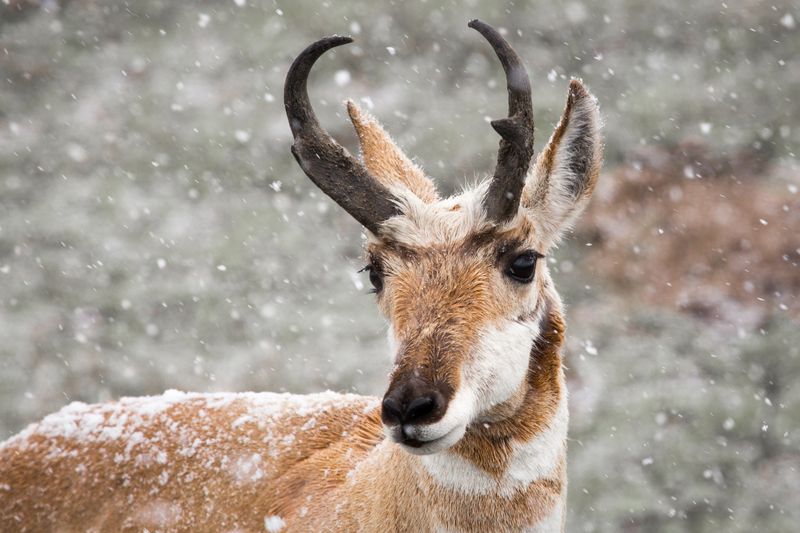
Pronghorns possess extraordinary vision, allowing them to spot predators from great distances. Their eyes are positioned high on their heads, granting a wide field of view.
This keen eyesight is essential for survival in open terrains. Remarkably, their vision is comparable to 8x binoculars, providing clarity and detail. The pronghorn’s large eyes are adapted to detect movement quickly, giving them ample time to react.
This visual prowess, combined with their speed, makes them formidable against threats. In the expansive landscapes they inhabit, such vision is a critical advantage.
Unique Horns
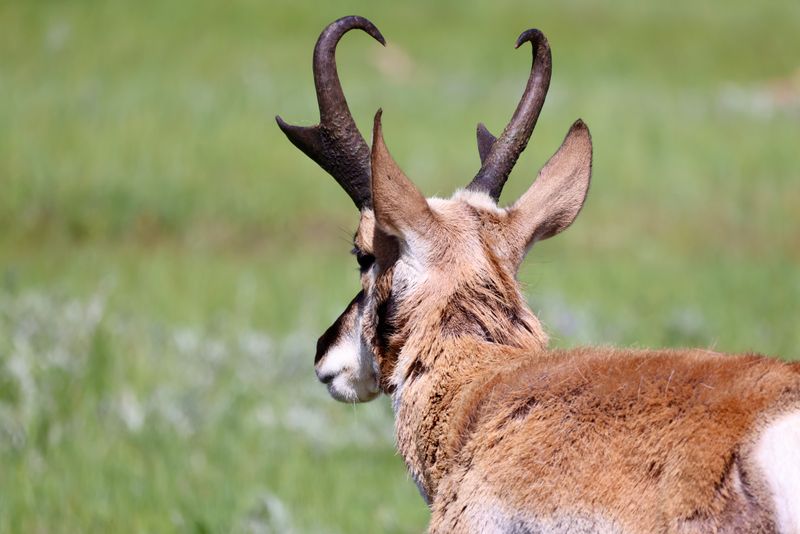
Unlike any other animal, pronghorns have distinctively forked horns. Both males and females sport these black horns, although males’ horns are generally larger.
The horns, composed of a bony core covered by a sheath, are shed and regrown annually. This regrowth sets them apart from true antelopes. These horns play a role in mating rituals and dominance displays.
The pronghorn’s name is derived from this unique feature, highlighting its significance. Intriguingly, the horn structure is a combination of characteristics found in antlers and horns, making them truly unique.
Endurance Athlete
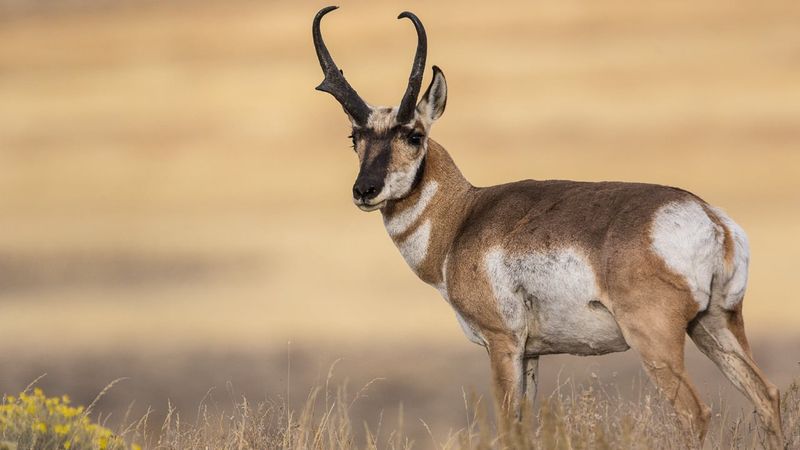
Not only are pronghorns incredibly fast, but they are also endurance masters. They can sustain high speeds over considerable distances, unlike the short sprints of a cheetah.
This endurance is crucial for escaping long pursuits by predators. Their muscular build, light bones, and efficient respiratory system enable this sustained activity. This combination of speed and endurance makes them unparalleled in the animal kingdom.
During migrations, pronghorns cover vast areas, demonstrating their stamina. Their capacity to travel long distances without tiring is a testament to their evolutionary adaptations.
Migratory Marvels
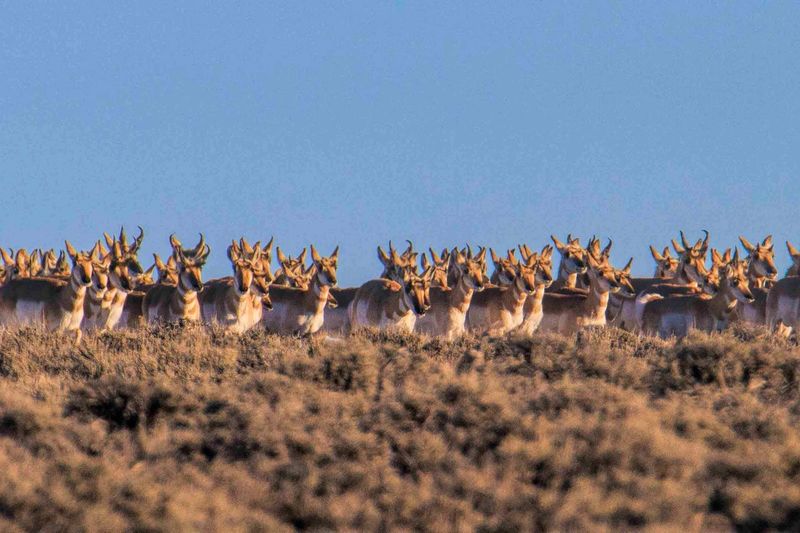
Pronghorns are known for their impressive migratory patterns. They embark on long journeys with seasonal changes, seeking food and optimal conditions. These migrations can cover hundreds of miles across varied terrains.
The pronghorn’s migratory behavior is one of the most remarkable among North American mammals. Their journeys ensure survival through harsh winters and scarce resources.
This movement is crucial for their life cycle and population dynamics. Unlike many migratory species, pronghorns follow traditional routes that are deeply ingrained in their instincts.
Gregarious Groups

Pronghorns are social creatures, often seen in groups that can range from a few individuals to large herds. These social structures provide safety in numbers, protecting against predators.
Group living enhances their ability to detect threats early, thanks to many vigilant eyes. During migrations, these herds move cohesively, showcasing a remarkable sense of coordination.
The social bonds within these groups are vital for survival, especially during harsh weather conditions. Pronghorns communicate through vocalizations and body language, reinforcing the cohesion within the herd.
Adaptable Diet

The pronghorn’s diet is highly adaptable, allowing it to thrive in different environments. They feed on a mix of grasses, forbs, and shrubs, depending on availability.
This dietary flexibility ensures they can endure seasonal changes when certain food sources dwindle. Their digestive system efficiently extracts nutrients from tough, fibrous plants.
Pronghorns have a unique ability to process toxic plants that many other herbivores avoid, giving them a competitive advantage. This adaptability is key to their survival in the diverse habitats they occupy across North America.
Lonely Survivors
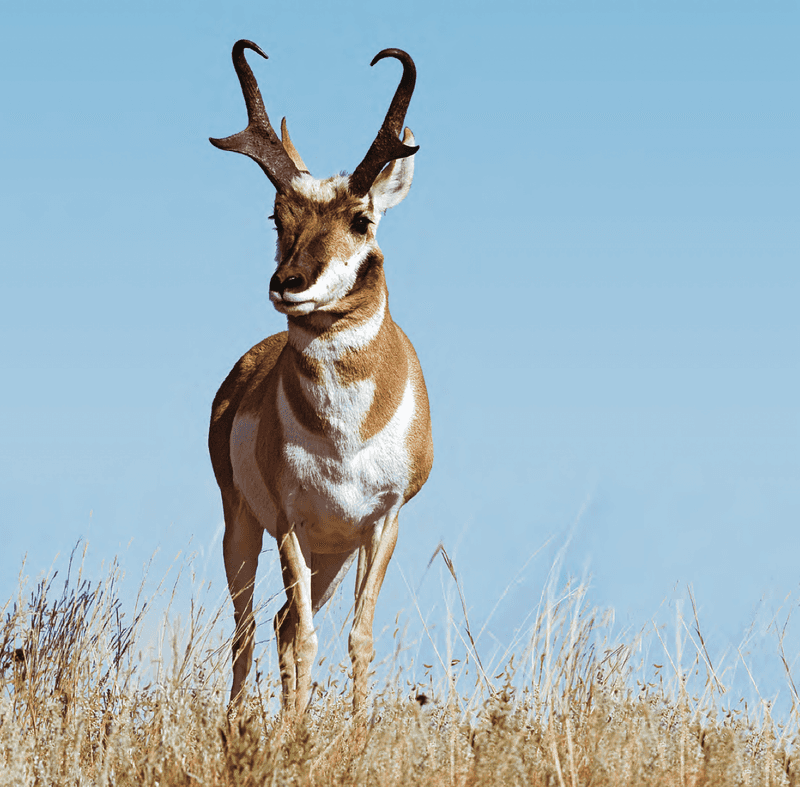
Though often seen in groups, pronghorns exhibit solitary behaviors, especially when mating season arrives. Males establish territories and defend them against rivals, showcasing their dominance.
This solitary nature is crucial for genetic diversity, as males compete for mating rights. Females also isolate themselves when giving birth, ensuring the safety and well-being of their young.
This independence prepares the offspring for survival in challenging environments. Interestingly, pronghorns’ solitary pursuits balance their social tendencies, demonstrating their versatile survival strategies.
Masters of Camouflage
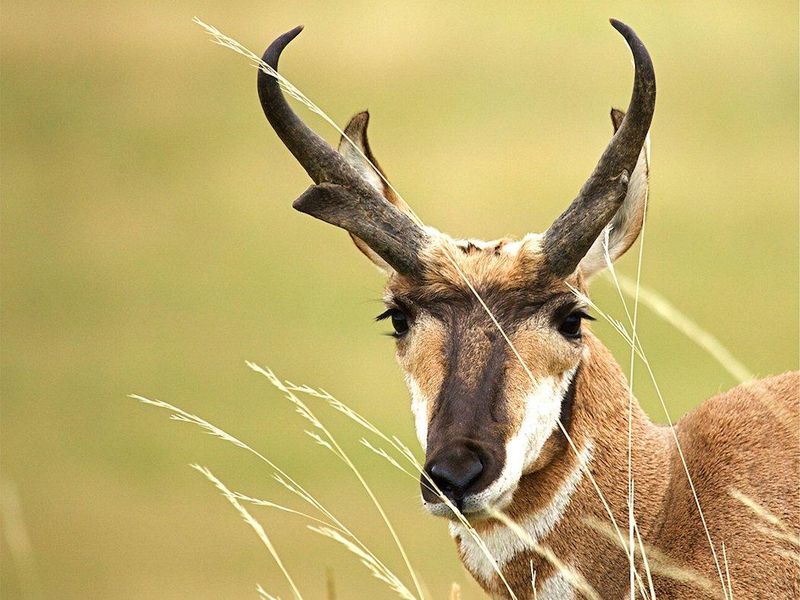
Pronghorns are masters of camouflage, their tan and white coats blending seamlessly with their environment. This adaptation minimizes detection by predators in open habitats.
During rest, they lie flat against the ground, becoming virtually invisible. The coloration also provides temperature regulation, with lighter shades reflecting sunlight. This camouflage is vital during calving season, offering protection to vulnerable fawns.
Their ability to blend in is a testament to their evolutionary success. In environments where visibility is key, pronghorns’ camouflage ensures they remain undetected and safe.
Remarkable Resilience
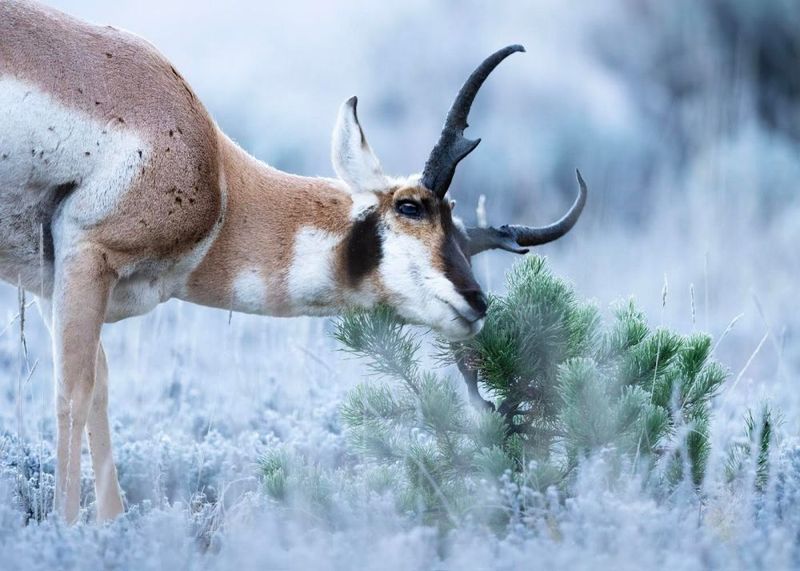
Pronghorns display remarkable resilience to harsh climates and environments. Their thick fur provides insulation against cold temperatures, while their lean bodies dissipate heat efficiently.
This resilience allows them to inhabit diverse regions, from deserts to grasslands. Their ability to withstand extreme weather is a survival advantage, ensuring access to resources others might miss.
During winter, they excavate snow to find vegetation, showcasing their adaptability. This resilience, combined with their speed and endurance, makes pronghorns one of nature’s most adaptable species.
Fascinating Evolutionary History
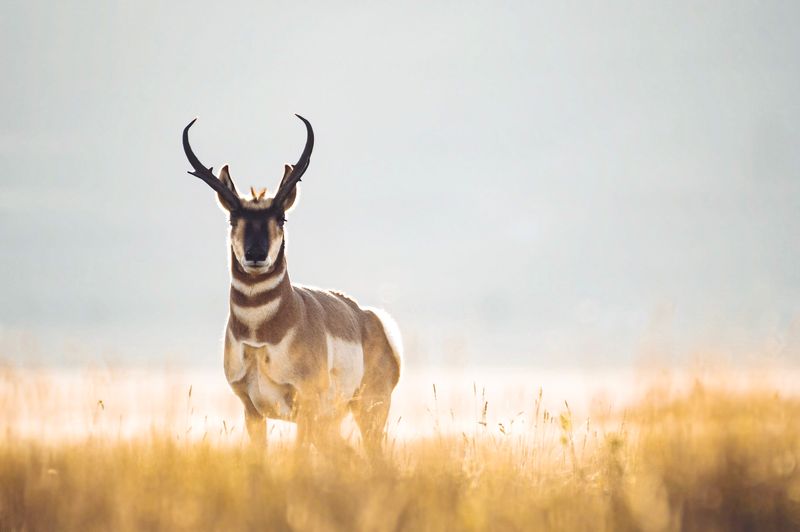
The pronghorn’s evolutionary history is as fascinating as its physical capabilities. Fossil records indicate that their ancestors coexisted with formidable predators, shaping their speed and agility.
Unlike many prehistoric species, pronghorns survived the mass extinctions that claimed their contemporaries. This survival is attributed to their adaptability and evolutionary advantages.
Their lineage dates back millions of years, making them one of North America’s oldest surviving mammals. Learning about their past offers insights into the factors that contributed to their enduring presence.
Astounding Heart and Lungs
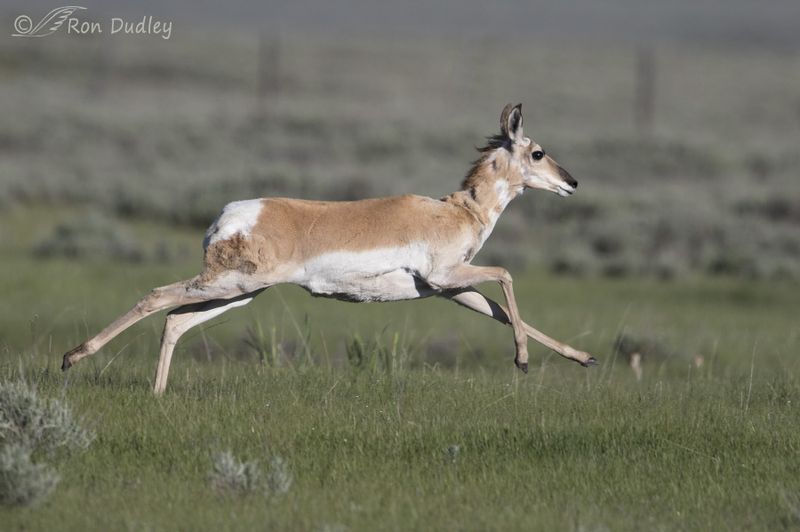
Pronghorns possess extraordinarily large hearts and lungs, vital for their athletic abilities. Their cardiovascular system supports sustained high-speed chases, providing ample oxygen and energy.
This physiological adaptation is pivotal for escaping predators and covering long distances. The pronghorn’s efficient blood circulation and respiratory functions are marvels of natural engineering.
These features allow for rapid recovery after exhaustive exertion. Such anatomical advantages underscore the pronghorn’s position as a top-tier runner in the animal kingdom. Their internal mechanics are as impressive as their external speed.
Rare Genetic Traits
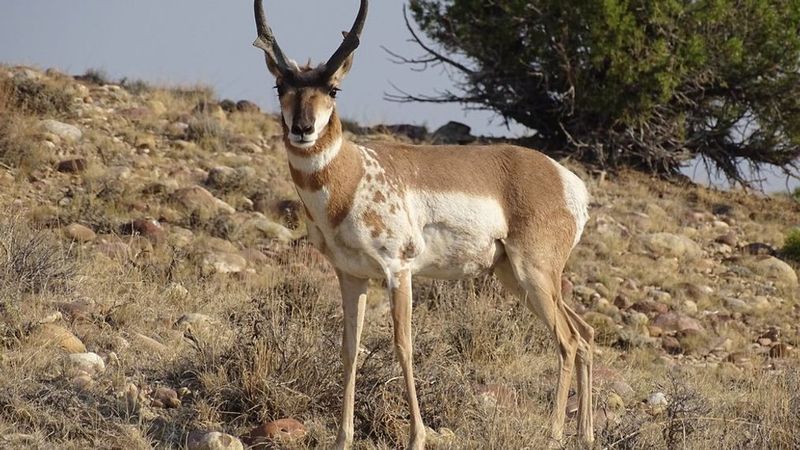
The genetic makeup of pronghorns is rare and intriguing, contributing to their unique characteristics. Studies show distinct genetic markers that set them apart from other ungulates.
These genetic traits are linked to their speed, endurance, and adaptability. Understanding their genetics is crucial for conservation efforts, ensuring their survival in changing environments.
Scientists are exploring these genes to unlock secrets of their resilience and evolutionary success. This genetic uniqueness not only highlights their individuality but also fosters a deeper appreciation for their role in biodiversity.
Cultural Significance
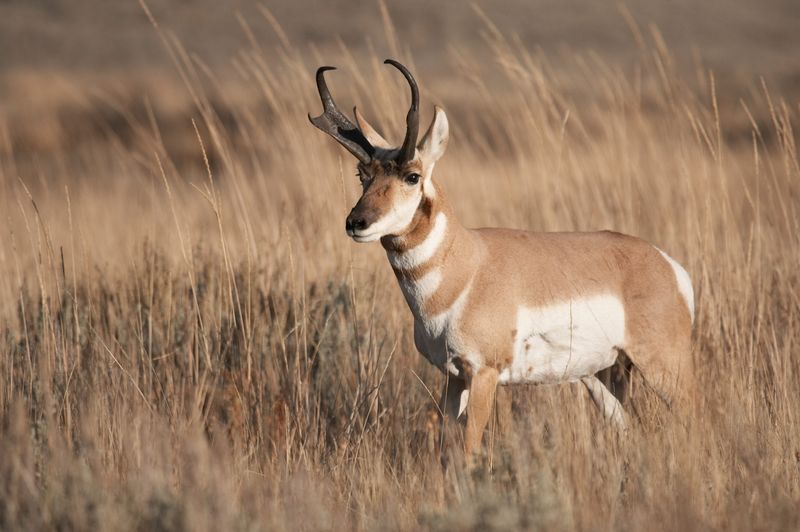
Pronghorns hold cultural significance for many Native American tribes, symbolizing swiftness and survival. They appear in folklore and art, illustrating their importance in indigenous traditions.
These animals are often associated with speed and grace, embodying qualities admired by various cultures. Pronghorns also played a role in the sustenance of tribes, providing food and materials.
Their presence in cultural narratives highlights their historical influence and enduring legacy. Understanding this cultural connection offers a richer perspective on the pronghorn’s role in North America’s natural and human history.

